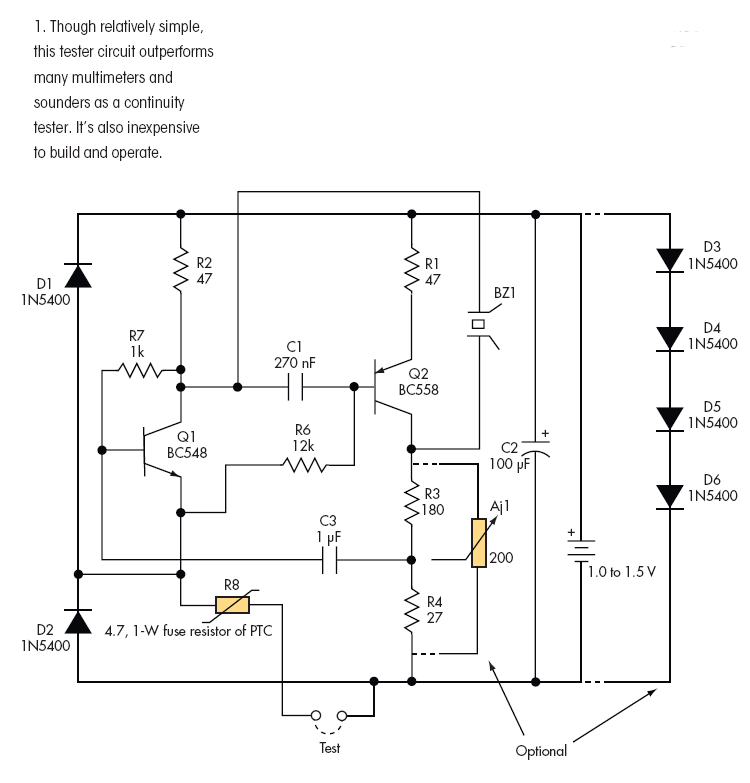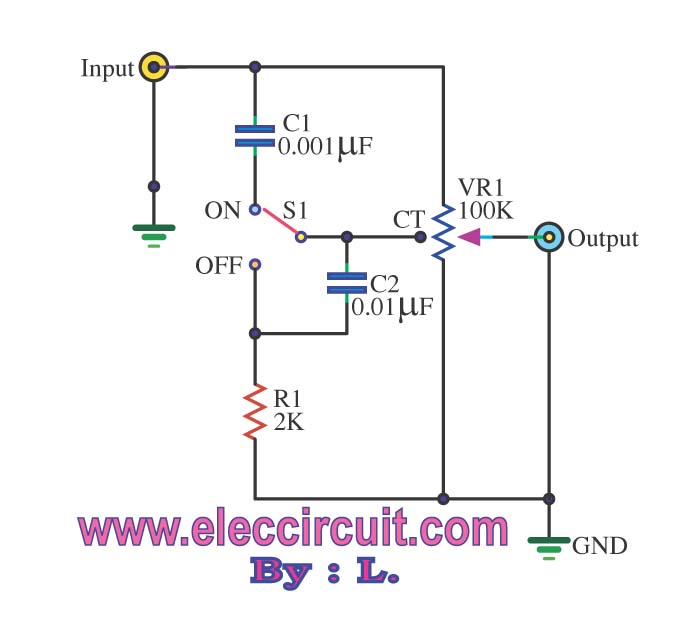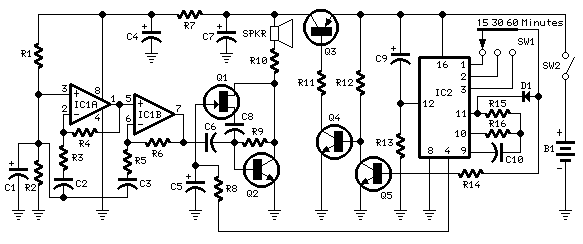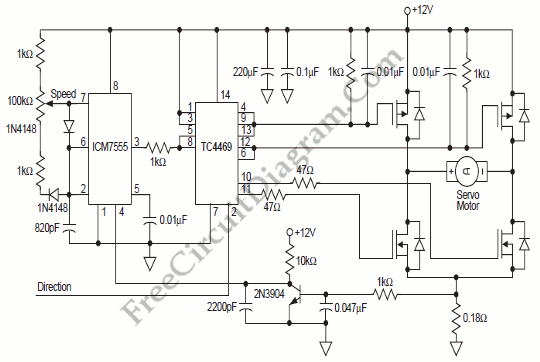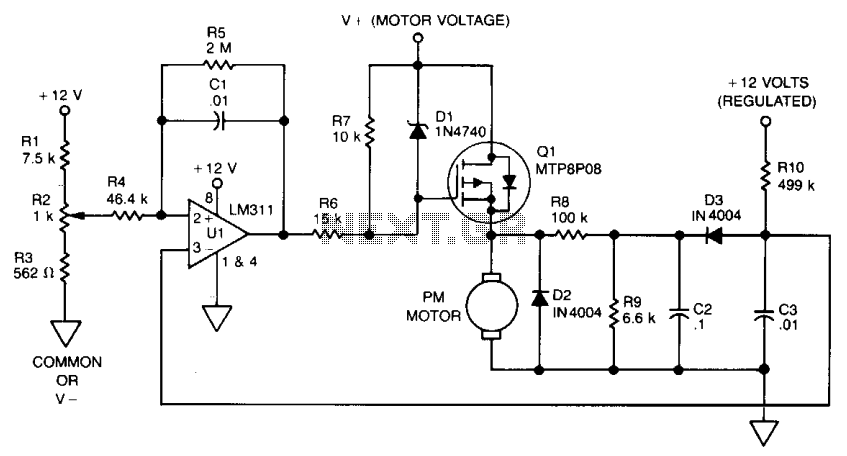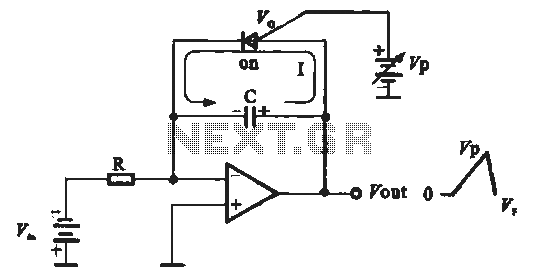
Three lighting sound and light control switch circuits

This circuit utilizes a dedicated voice integrated circuit (AI) of the SK type, which incorporates an internal bistable multivibrator and three inverting amplifiers. The 555 integrated circuit (IC) A2 is employed for delay control.
The described circuit is designed to process and reproduce voice signals using a dedicated voice IC, specifically the SK type. This integrated circuit is engineered to handle voice synthesis and playback, making it suitable for applications such as greeting cards, toys, or automated messaging systems.
The internal structure of the SK voice IC includes a bistable multivibrator, which allows the circuit to maintain one of two stable states. This feature is crucial for triggering the playback of voice messages based on external inputs, such as a push button or a motion sensor. The three inverting amplifiers serve to amplify the voice signal, ensuring that the output is loud enough for clear playback. This amplification is essential in applications where the voice needs to be heard over background noise or in larger spaces.
The 555 timer IC, designated as A2 in this circuit, is configured to provide a delay control function. This allows the circuit to introduce a time delay before the voice playback begins, which can be useful in various applications where a pause is desired before the message is triggered. The 555 timer can be configured in monostable mode, where it produces a single output pulse of a specified duration in response to an external trigger, or in astable mode for continuous operation.
In summary, this circuit combines a dedicated voice IC with a bistable multivibrator and amplifiers, along with a 555 timer for delay control, to create an effective voice playback system. The design allows for versatility in triggering and amplifying voice messages, making it suitable for a range of electronic applications.This circuit uses a dedicated voice integrated circuits Ai (SK- type), its internal features bistable multivibrator and three inverting amplifier. 555 IC A2 for the delay control.
The described circuit is designed to process and reproduce voice signals using a dedicated voice IC, specifically the SK type. This integrated circuit is engineered to handle voice synthesis and playback, making it suitable for applications such as greeting cards, toys, or automated messaging systems.
The internal structure of the SK voice IC includes a bistable multivibrator, which allows the circuit to maintain one of two stable states. This feature is crucial for triggering the playback of voice messages based on external inputs, such as a push button or a motion sensor. The three inverting amplifiers serve to amplify the voice signal, ensuring that the output is loud enough for clear playback. This amplification is essential in applications where the voice needs to be heard over background noise or in larger spaces.
The 555 timer IC, designated as A2 in this circuit, is configured to provide a delay control function. This allows the circuit to introduce a time delay before the voice playback begins, which can be useful in various applications where a pause is desired before the message is triggered. The 555 timer can be configured in monostable mode, where it produces a single output pulse of a specified duration in response to an external trigger, or in astable mode for continuous operation.
In summary, this circuit combines a dedicated voice IC with a bistable multivibrator and amplifiers, along with a 555 timer for delay control, to create an effective voice playback system. The design allows for versatility in triggering and amplifying voice messages, making it suitable for a range of electronic applications.This circuit uses a dedicated voice integrated circuits Ai (SK- type), its internal features bistable multivibrator and three inverting amplifier. 555 IC A2 for the delay control.
Warning: include(partials/cookie-banner.php): Failed to open stream: Permission denied in /var/www/html/nextgr/view-circuit.php on line 713
Warning: include(): Failed opening 'partials/cookie-banner.php' for inclusion (include_path='.:/usr/share/php') in /var/www/html/nextgr/view-circuit.php on line 713
